6 ways to restore your damaged garden to glory after removing a tree
From bare patch to backyard beauty – six simple steps to revive your garden after tree removal

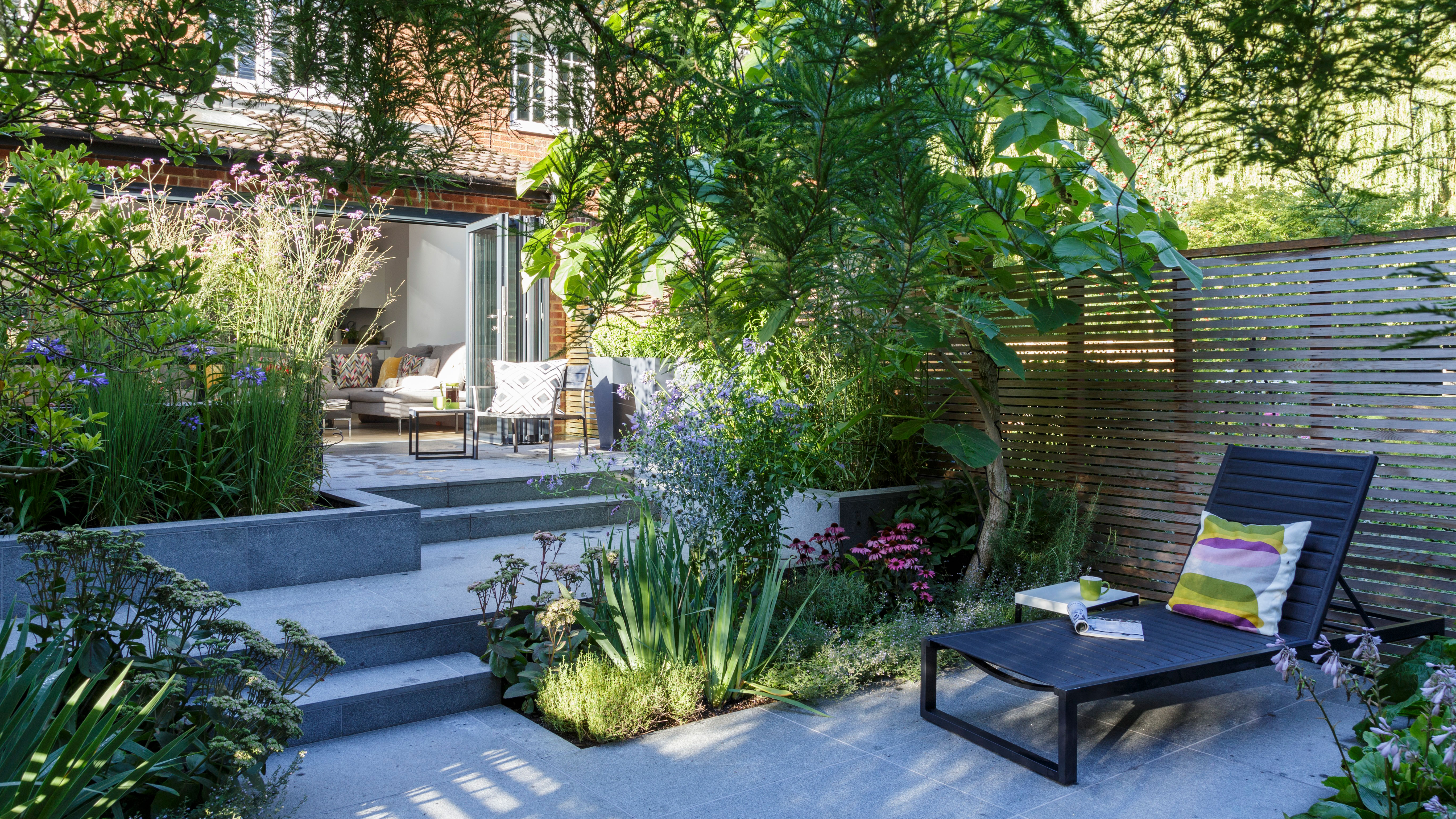
A beautifully kept garden is essential for summer, especially when it becomes the backdrop for alfresco dining and outdoor entertaining. But after major maintenance, such as tree removal, even the most well-loved space can look a little worn. Restoring its charm may seem daunting, but with the right steps, it’s easier than you think to bring your garden back to its best.
Removing a tree can dramatically alter the look and feel of your yard. Whether it was diseased, overgrown, or simply in the wrong spot, saying goodbye to a tree often leaves behind more than a bare patch– it leaves a landscaping challenge. But with the right approach, that empty space can become a vibrant focal point once more – even if you don't want to turn your tree stump into a feature in its own right.
1. Clear the slate
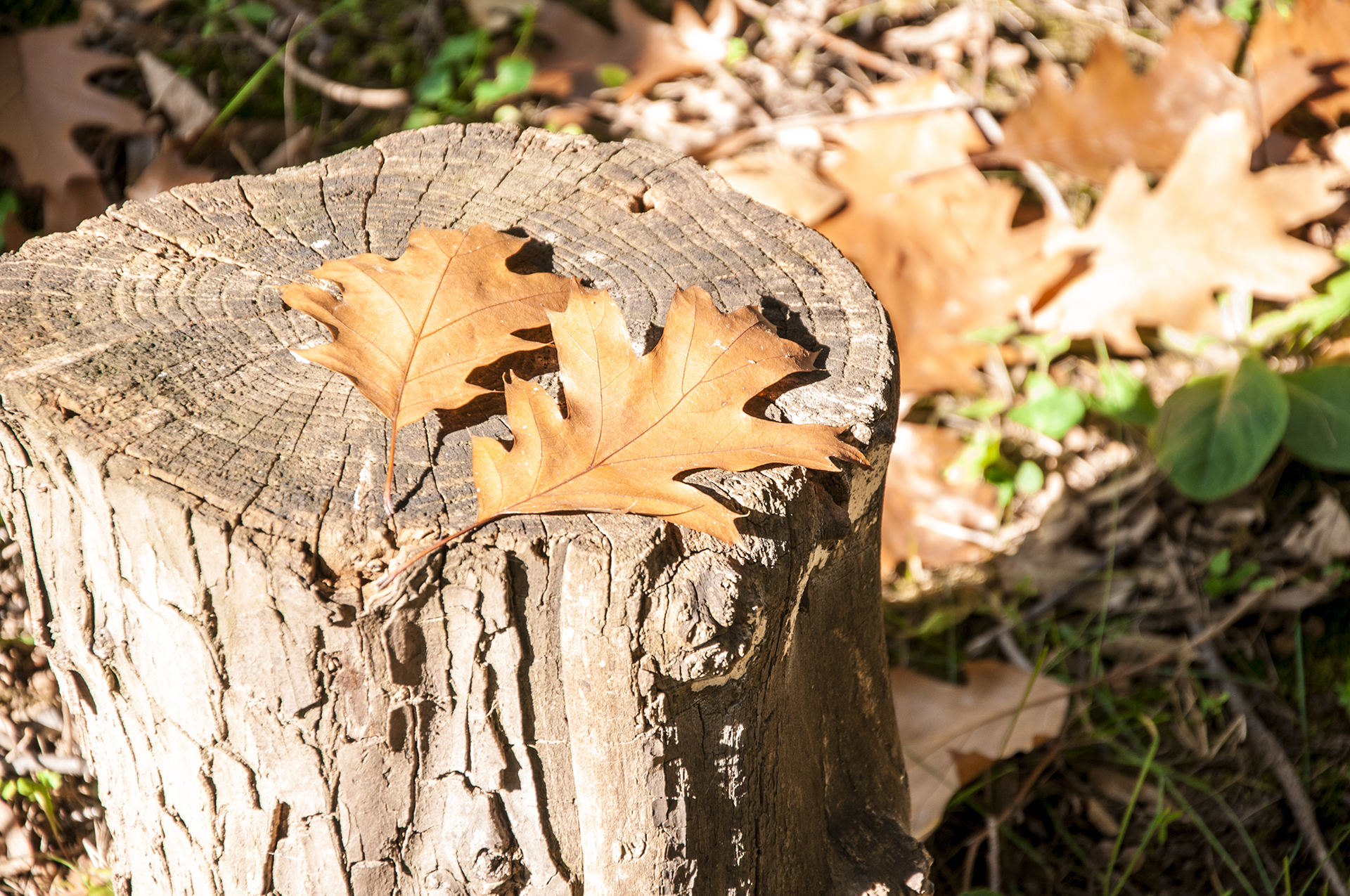
Begin by thoroughly clearing the area to create a clean foundation for whatever comes next. If any part of the tree remains – be it stump, roots, or lingering wood chips – it’s important to remove or neutralize them.
Stumps can be ground down or excavated entirely, and efforts should be made to kill tree roots to prevent future growth or interference with new plantings.
While wood chips can be repurposed as mulch elsewhere in the garden, they shouldn’t be used to backfill the hole, as they decompose over time and may cause the ground to settle unevenly.
2. Revive the soil
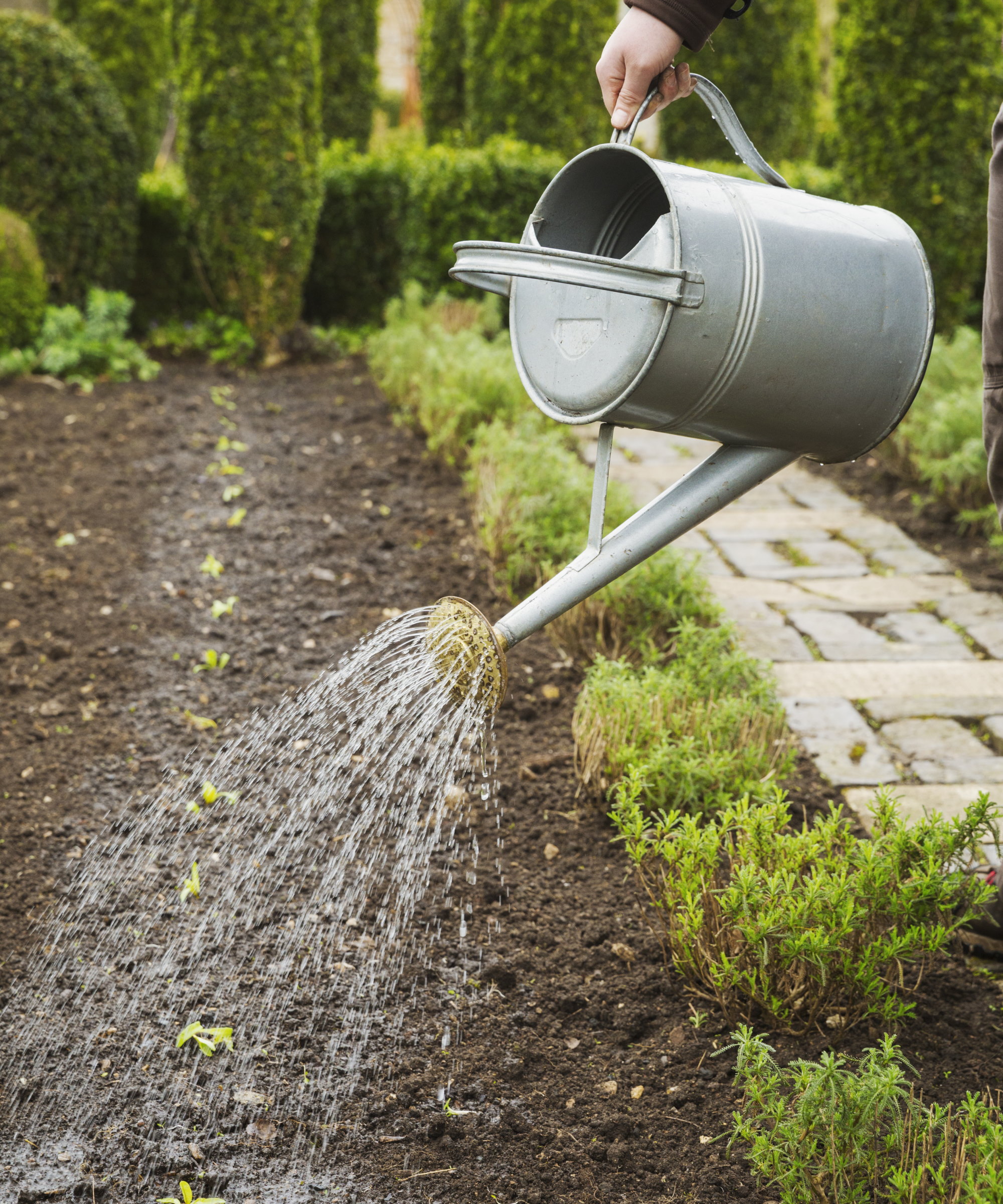
Soil that once sat beneath a large tree is often compacted and lacking in nutrients. To help new plantings thrive, loosen the soil and enrich it with compost or organic material. This step encourages drainage and brings life back to tired earth, setting the stage for healthy growth.
3. Rethink the space
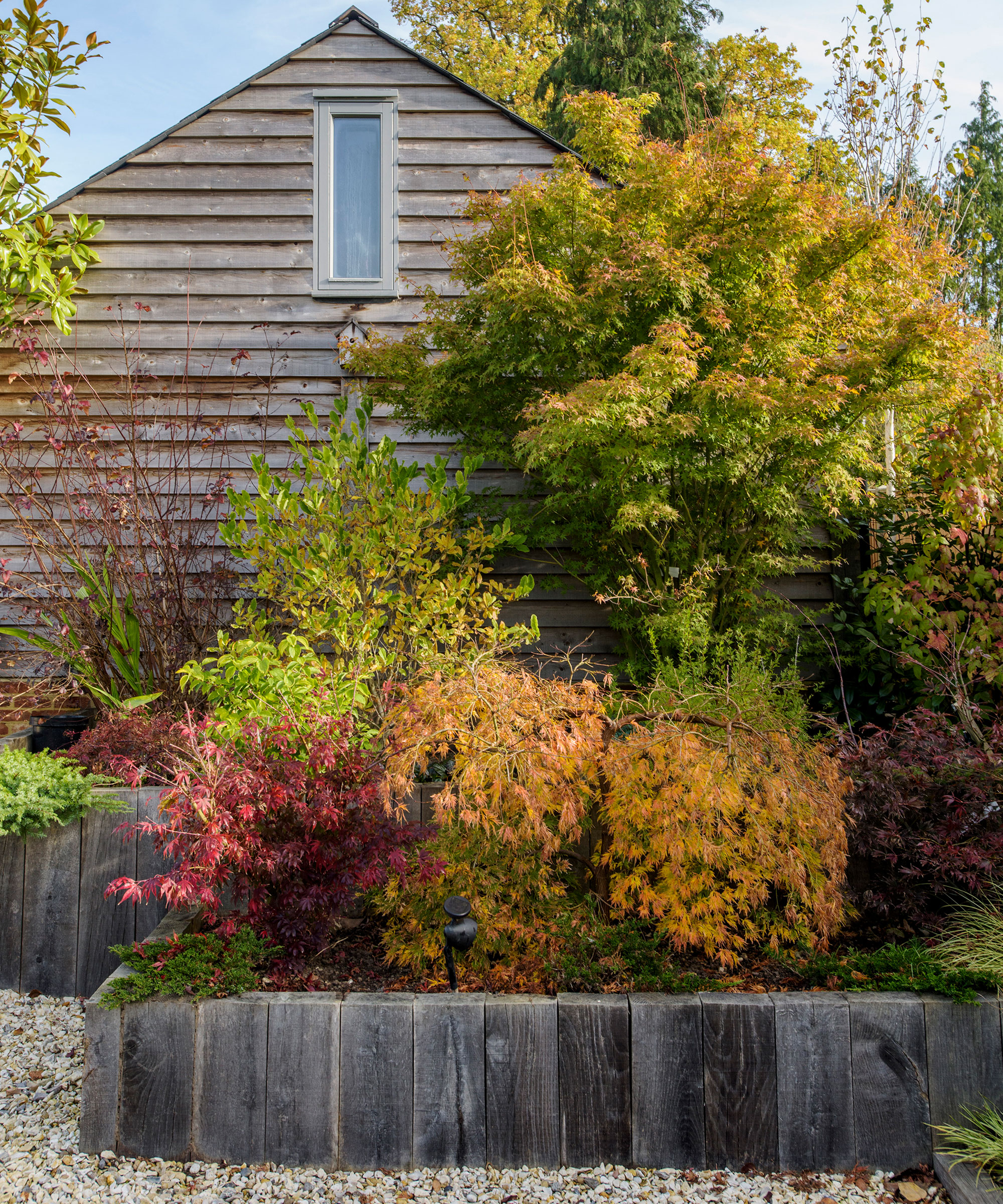
Once the area is cleared and the soil refreshed, it’s time to reimagine the space. What was once shaded may now bask in full sun, unlocking new opportunities for planting and design.
Design expertise in your inbox – from inspiring decorating ideas and beautiful celebrity homes to practical gardening advice and shopping round-ups.
Consider transforming the area into a vibrant flower garden border, a sun-drenched vegetable patch, or even a peaceful outdoor seating nook.
If you’d like to introduce another tree, opt for a different species and position it slightly away from the original spot to avoid any interference from lingering roots.
Where roots remain close to the surface, low-growing ground cover plants to hide tree roots, such as creeping thyme, ajuga, or sedum, can help soften the area, conceal imperfections, and bring lush texture to the space.
5. Repair the turf
If you’d like to restore the area to lawn, begin by levelling the ground with a blend of topsoil and compost to create a nutrient-rich foundation.
For an instant green carpet, laying sod provides immediate impact, while sowing grass seed is a more economical option that simply takes a bit more time.
Whichever approach you choose, consistent watering and gentle care in the early weeks are key to encouraging healthy, even growth and ensuring the lawn blends beautifully with the rest of your garden.
6. Keep an eye on the area
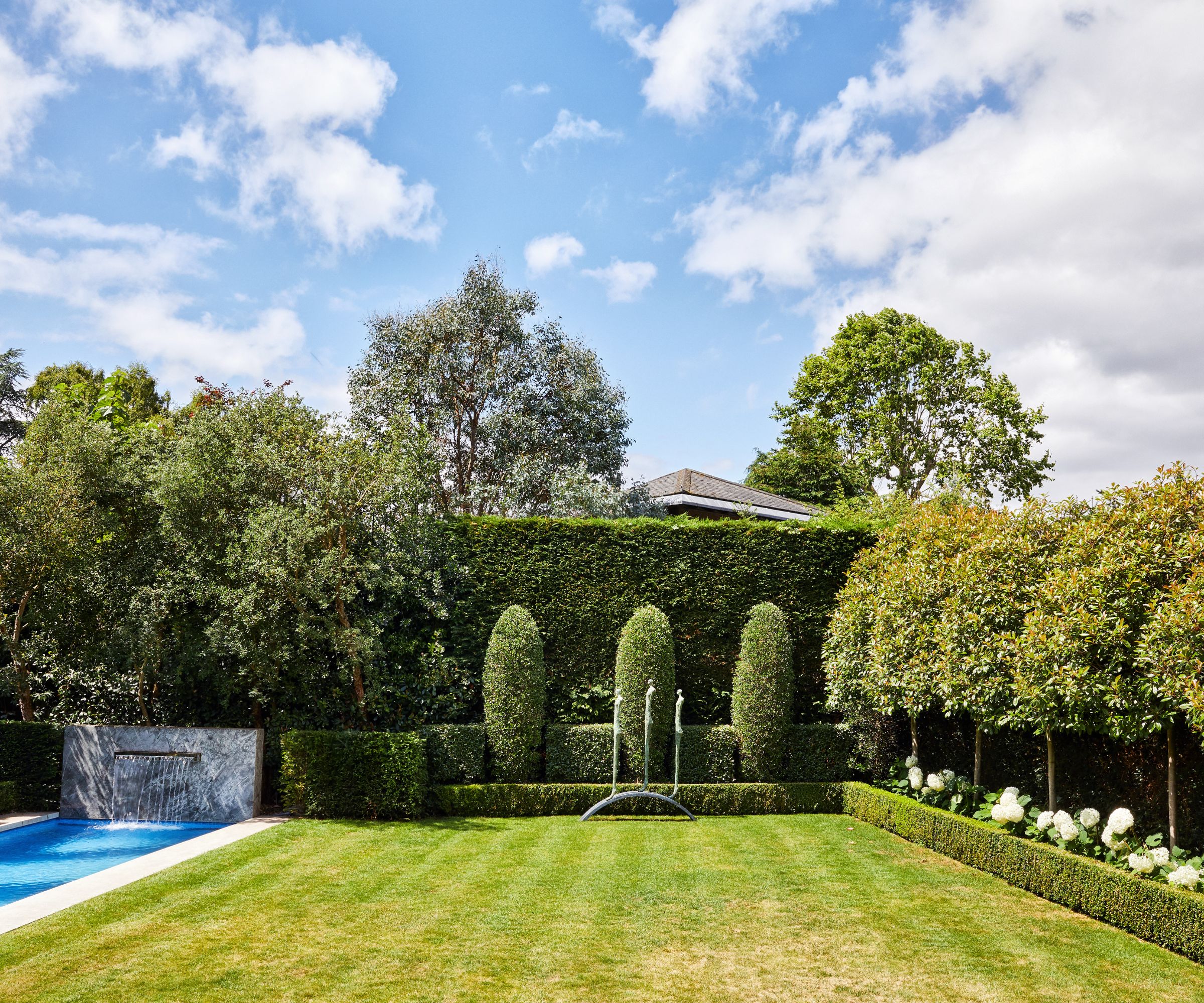
Even once the area has been restored, it’s natural for the ground to settle gradually as old roots break down beneath the surface. Keep an eye out for any low spots or uneven areas that may emerge over time – these can be easily remedied with a top-up of soil or a light reseeding. Also watch for signs of fungal growth, particularly in moist or shaded spots, and tend to them promptly to ensure your garden remains healthy, balanced, and beautifully maintained.
Tree removal may feel like a loss, but it also opens the door to transformation. With thoughtful planning, the once-empty space can be reimagined into something vibrant and inviting. It is proof that every ending is also a beginning in the garden.
Shop garden tools
Refresh your yard with the essential garden tools to restore and rejuvenate your landscape after tree removal.
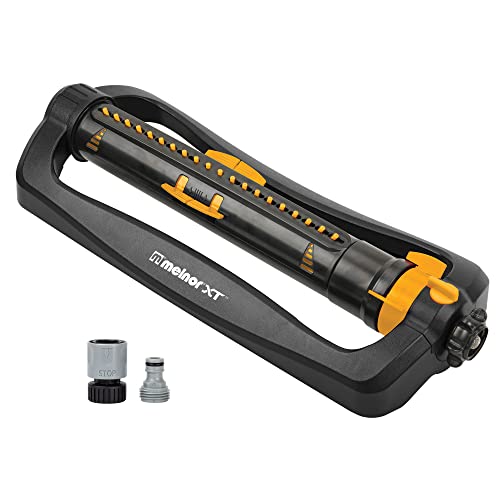
Designed for precision and durability, the Melnor 65167AMZ Turbo Oscillating Sprinkler offers adjustable width and range controls, allowing you to customize your watering pattern. Its dirt-resistant drive ensures smooth operation, even in areas with well water. With a coverage area of up to 4,500 square feet, it's ideal for medium to large lawns. The sprinkler's robust construction promises consistent performance season after season.
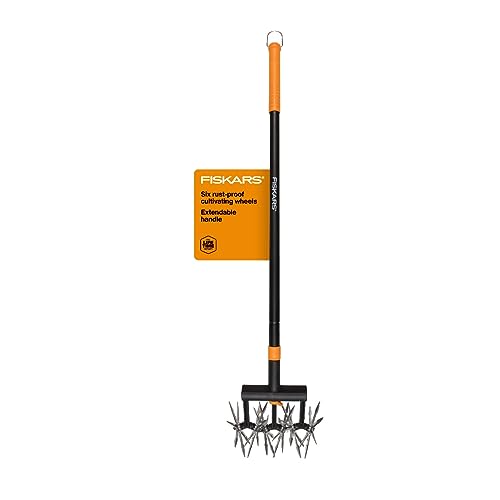
Transform your gardening experience with the Fiskars Telescoping Rotary Cultivator, the ideal tool for aerating tough soil, breaking ground around seedlings, and cultivating your garden with ease, without bending or stooping. Designed for both power and precision, this innovative cultivator features a telescoping all-steel pole that extends from 40 to 60 inches, ensuring a perfect fit for any user.
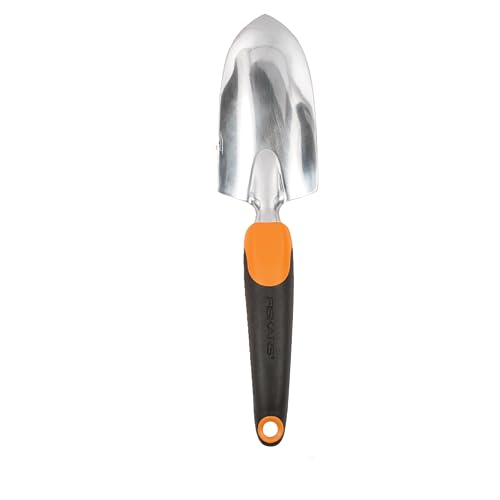
Blending ergonomic design with long-lasting durability, this best-selling garden trowel is a must-have for every green thumb. Its padded SoftGrip® handle minimizes wrist strain during extended use, making digging, planting, and soil work feel almost effortless. Crafted from rust-resistant cast aluminum, the blade glides smoothly through tough turf and compacted earth.

Jennifer is the Digital Editor at Homes & Gardens, bringing years of interiors experience across the US and UK. She has worked with leading publications, blending expertise in PR, marketing, social media, commercial strategy, and e-commerce. Jennifer has covered every corner of the home – curating projects from top interior designers, sourcing celebrity properties, reviewing appliances, and delivering timely news. Now, she channels her digital skills into shaping the world’s leading interiors website.